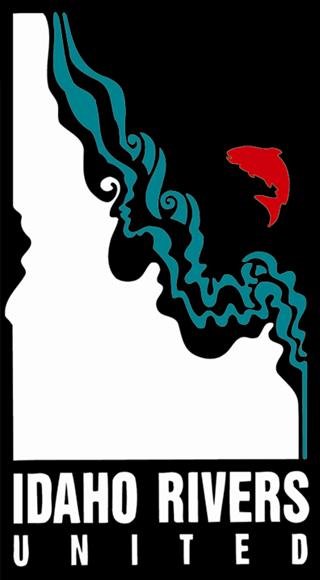2018 salmon returns show we're on the 'precipice of tragedy'
“Idaho’s salmon and steelhead stand on the precipice of tragedy.”
For the second year in a row, Idaho’s salmon and steelhead have posted startlingly low returns that show 20 years of misguided federal spending have driven the species closer than ever to extinction.
“Clearly, the status quo hasn’t worked,” said IRU Executive Director Kevin Lewis. “It’s failed, and Idaho’s leaders are failing to protect the interests of Idahoans who rely on salmon for their livelihoods and way of life. Idaho’s salmon and steelhead stand on the precipice of tragedy.”
Like 2017, this year’s returns of wild salmon and steelhead are among the worst on record, and it’s a quarter century after the species were listed under the Endangered Species Act. The facts fly in the face of federal assertions that the fish are returning in “record numbers.” After spending more than $16 billion on measures that haven’t even come close to restoring endangered salmon—even during the best years—”it’s clear the federal plan to restore Idaho’s salmon and steelhead has failed,” Lewis said.
Meanwhile, Idaho’s lame duck governor has committed the Gem State to more of the same failed federal policy. Late last month, he signed a four-year accord with the federal government exchanging cash for an ongoing commitment to the approach that has failed to work for fish.
Like last year, the terrible returns of 2018 have several key causes.
First, about half the fish are killed by dams and reservoirs during their migration to the ocean as juveniles.
Second, poor ocean productivity is occurring because of a cyclical warming and cooling. Warm oceans provide less food for salmon.
Third, lethal hot water in the Columbia and lower Snake that is now chronic every summer—and dramatically exacerbated by reservoirs—is killing many adult salmon before they even reach Idaho.
It’s time to turn away from this record of failure and turn instead toward the prosperity that’s possible when we embrace a free-flowing lower Snake River and restored salmon and steelhead.
2018 Idaho salmon returns in summary (as of Oct. 23, 2018)":
Spring/summer chinook
Recovery goal is 80,000 wild adults per year; the 10-year average is about 16,000 wild fish.
2015: 21,000 wild at Lower Granite Dam out of 119,831 total fish.
2016: 15,900 wild at Lower Granite Dam out of 74,160 total fish.
2017: 4,108 wild at Lower Granite Dam out of 36,309 total fish.
2018: 8,520 wild at Lower Granite Dam out of 40,984 total fish. (Note: The 2018 wild portion is a preliminary estimate from the Idaho Department of Fish and Game.)
Steelhead
Recovery goal is 90,000 wild adults per year; the 10-year average is about 28,000 wild fish.
2015-16: 39,300 wild fish at Lower Granite Dam out of 175,256 total fish.
2016-17: 15,576 wild fish at Lower Granite Dam out of 117,386 total fish.
2017-18: 10,540 wild fish at Lower Granite Dam out of 84,551 total fish.
2018-19: 8,715 wild fish at Lower Granite Dam out of 49,812 total fish.
Sockeye
Recovery goal is 2,500 wild/natural adults per year; the 10-year average is about 104 wild/natural.
2015: 11 wild/natural fish to Stanley Basin out of 56 total.
2016: 34 wild/natural fish to Stanley Basin out of 577 total.
2017: 11 wild/natural fish to Stanley Basin out of 162 total.
2018: 13 wild/natural fish to Stanley Basin out of 113 total.

